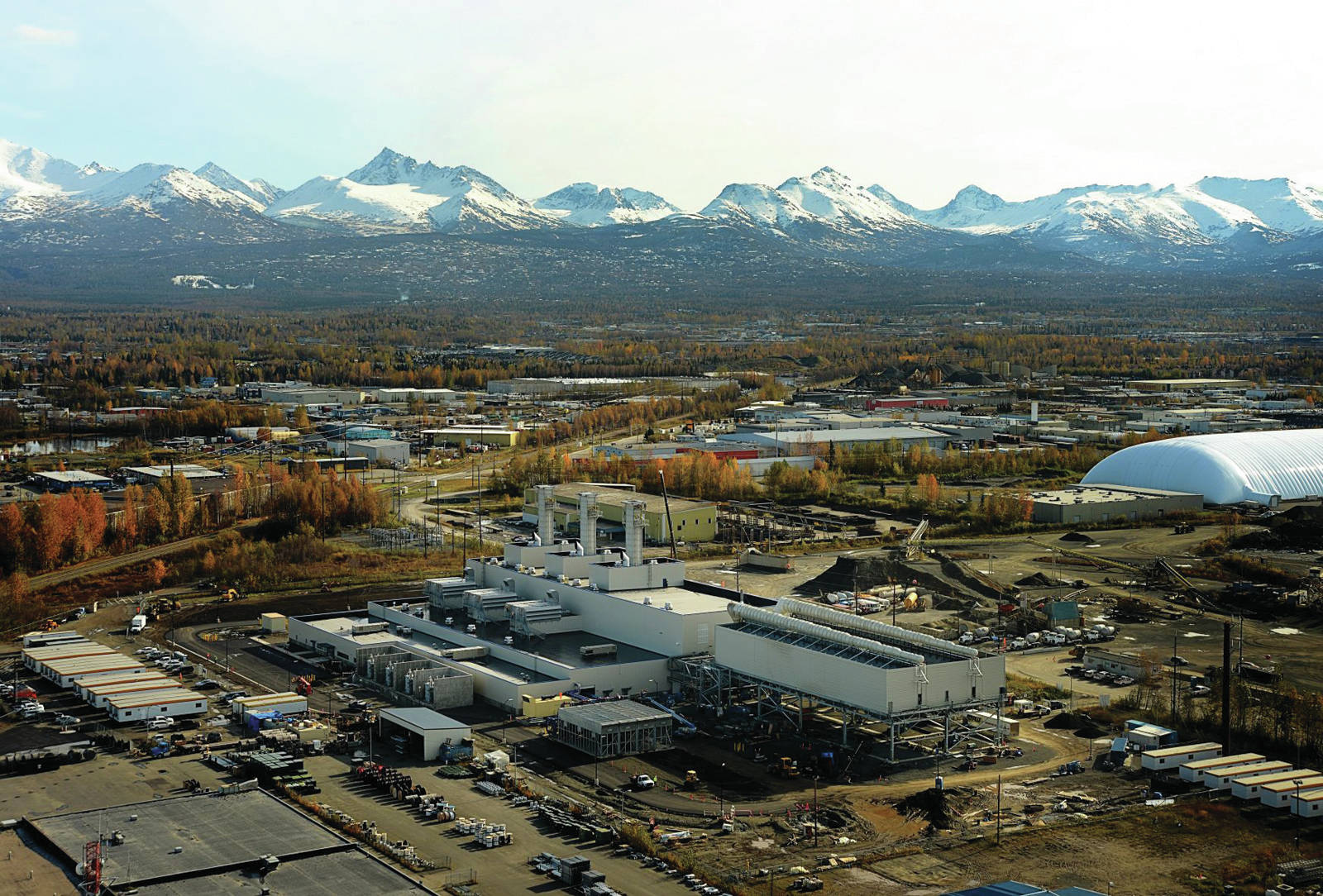Leaders of Alaska’s largest electric utilities hope to have a green light from state regulators to form new infrastructure management companies in a little more than a year.
A collection of officials from the six Railbelt region utilities told the Regulatory Commission of Alaska at a late August meeting that they are collectively working toward internally approving the joint formation of a transmission company, or transco, by the end of the year.
That would allow the utilities to submit the plan to the RCA early in 2018 and possibly have it approved by the end of next year.
Proponents of the new jointly owned company believe pooling transmission lines and the resources is the best way to spread the costs of large infrastructure projects and assure the benefits from them reach as many of the region’s residents as possible.
The RCA strongly ordered the utilities to investigate forming a transco in 2015, stating the cooperatives had not collaborated enough to maximize efficiencies and economies of scale in delivering power to their ratepayers.
Covering an area from Fairbanks to Homer — home to about 80 percent of Alaskans — managers at some of the utilities had previously been hesitant about forming a transco, as it means giving up control of the utility-owned transmission lines that can provide revenue from wheeling tariffs.
They generally acknowledge a transco would be of at least some benefit, but also emphasize their cooperatives’ bylaws require them to do what’s best for their ratepayers and investing in a transco could mean spending on projects that provide the greatest aid to others.
The transco would be a partnership between the utilities and Wisconsin-based American Transmission Co., a transco formed after its state’s Legislature passed a law mandating Wisconsin utilities to do so.
American Transmission Co. has pitched its experience in operating a transco to the Alaska utilities and the positives of forming one in Alaska, where long lengths of expensive transmission lines are needed to serve relatively small populations.
The Alaska Energy Authority just finalized a study that says more than $880 million of substations, new lines, and other improvements are needed to optimize Railbelt electric generation and distribution.
The utilities have consistently downplayed the need for such large-scale spending, contending a less expensive, more targeted investments would give the greatest benefits for money spent.
ATC Business Development Manager Eric Myers told the RCA that his company knows it must earn a right to participate in the Alaska transco.
“(In Wisconsin) every company was doing what was best within his or her jurisdiction to meet its customers’ needs. But the interconnections were a little weak, and economics and reliability suffered as a result.” Myers said.
Fairbanks-area Golden Valley Electric Association CEO Cory Borgeson and Matanuska Electric Association General Manager Tony Izzo both said the utilities need to form an independent system operator, or ISO, as well to similarly manage power transactions between utilities down to a minute-by-minute basis.
MEA, Anchorage Municipal Light and Power and Chugach Electric Association entered into their own ISO-like power pooling agreement in January. They estimate pooling their generation resources to maximize efficiencies could save their ratepayers between $12 million and $16 million per year. Much of the savings comes in the form of less fuel, which in Southcentral Alaska means less burning of natural gas.
Chris Rose the executive director of the Anchorage nonprofit Renewable Energy Alaska Project, also testified to the RCA that an ISO is as much of a necessity as a transco is.
“We do not want to find ourselves in a situation where a transco is formed, the parties declare victory, and the momentum to do anything further dies out. New transmission assets may increase the ability of the Railbelt to economically dispatch electrons and add more nonfuel renewable energy to the grid,” Rose said.
The utilities’ leaders said a governance model assuring maximum local control of the transco is a priority and remains something the utilities must finish. They also have to finalize the operating agreements and methods for allocating transmission costs before taking the plans to their boards for approval.
The RCA has scheduled a meeting Sep. 27 for further updates on the progress of the utilities’ work.
Elwood Brehmer can be reached at elwood.brehmer@alaskajournal.com.


